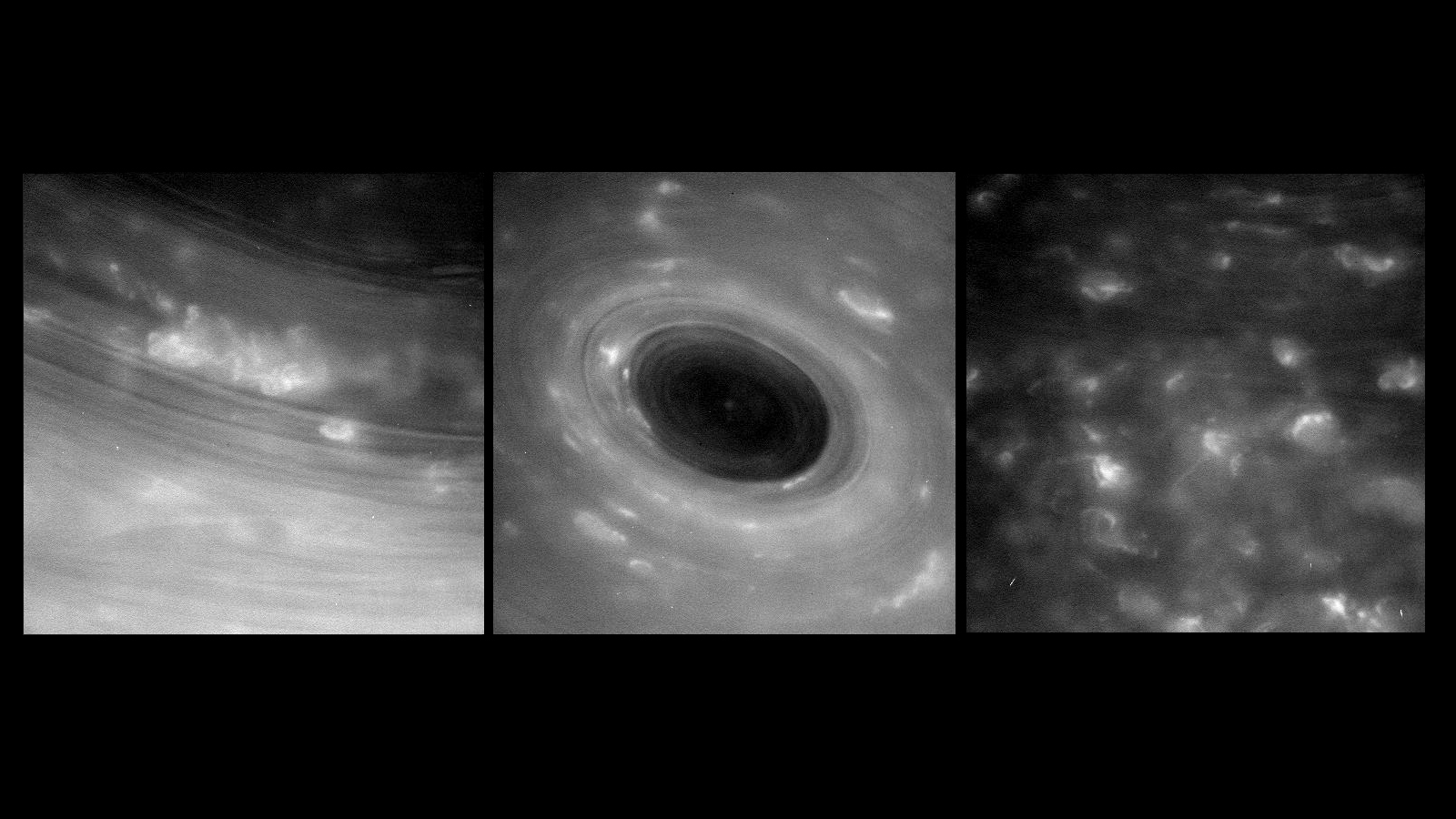
After waiting with bated breath last night, everyone following Cassini’s first-ever dive through the gap between Saturn and its rings let out a collective sigh of relief – the spacecraft made it! This was the first time a probe had ever flown this close to Saturn’s atmosphere and inner rings, and while mission scientists were confident the probe would sail through unharmed, it wasn’t a 100% guarantee, either. But it did, and this is just the first of 22 such dives through this region as part of the “Grand Finale” phase of the mission.
NASA’s Deep Space Network Goldstone Complex in California’s Mojave Desert successfully acquired Cassini’s signal at 11:56 p.m. PDT on April 26, 2017 (2:56 a.m. EDT on April 27) and data began flowing at 12:01 a.m. PDT (3:01 a.m. EDT) on April 27. During the dive, Cassini had been purposely out of contact with Earth, since its large high-gain radio antenna had been used as a shield against small particles, meaning it was oriented away from Earth during that time.
“In the grandest tradition of exploration, NASA’s Cassini spacecraft has once again blazed a trail, showing us new wonders and demonstrating where our curiosity can take us if we dare,” said Jim Green, director of the Planetary Science Division at NASA Headquarters in Washington.
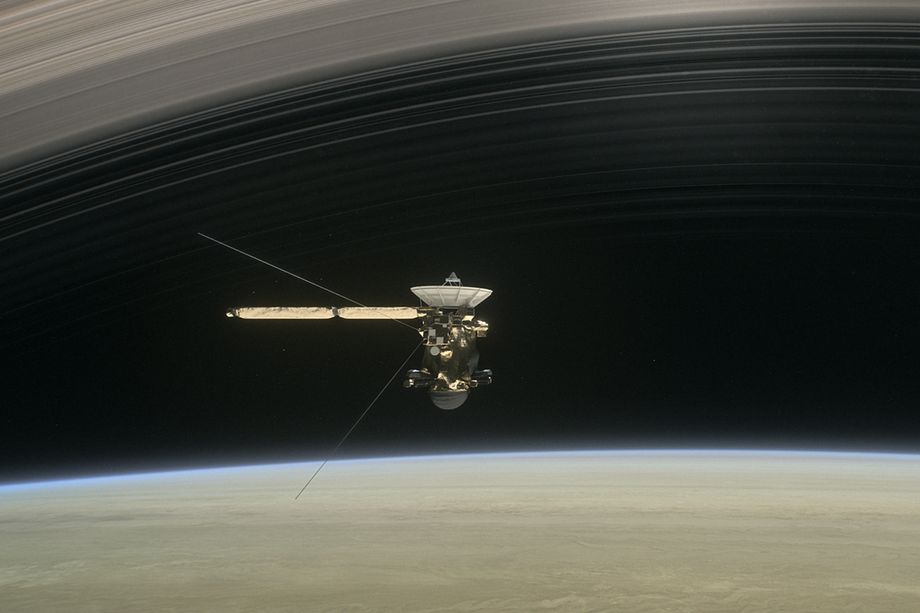
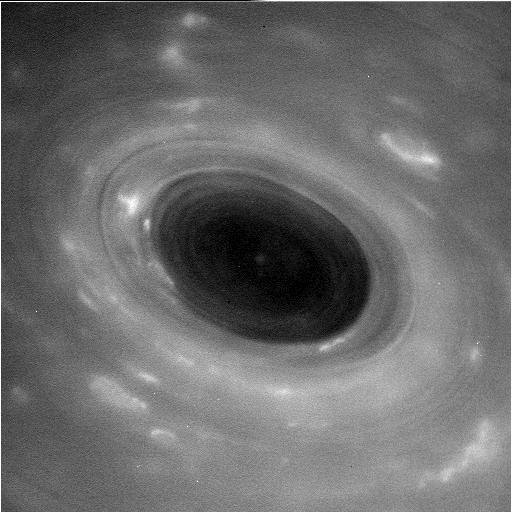

The gap between Saturn and the innermost rings is relatively narrow, about 1,500 miles (2,000 kilometers) wide, and Cassini came within about 1,900 miles (3,000 kilometers) of the planet’s cloud tops, where the air pressure is about 1 bar, the same as the atmospheric pressure of Earth at sea level. Cassini also came within about 200 miles (300 kilometers) of the innermost visible edge of the rings.
“No spacecraft has ever been this close to Saturn before. We could only rely on predictions, based on our experience with Saturn’s other rings, of what we thought this gap between the rings and Saturn would be like,” said Cassini Project Manager Earl Maize of NASA’s Jet Propulsion Laboratory in Pasadena, California. “I am delighted to report that Cassini shot through the gap just as we planned and has come out the other side in excellent shape.”
In this region, scientists had calculated that any ring particles encountered would be very tiny, like smoke particles, which would likely do little if any damage, but anything larger could pose a hazard. For that reason, the spacecraft’s high-gain antenna was used as an improvised shield, protecting valuable instruments below it. The antenna is 13 feet (4 meters) across, and Cassini zipped through the gap at a speed of 77,000 mph (124,000 kph) relative to the planet.
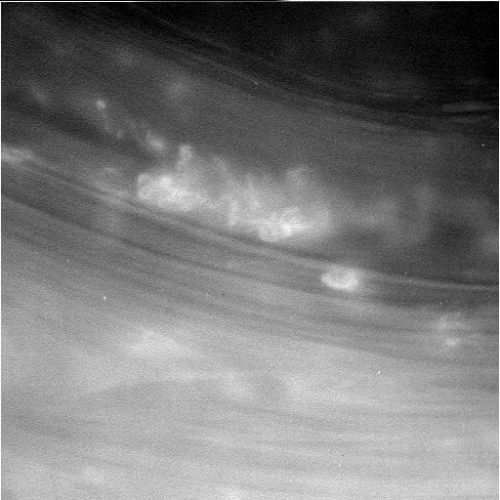
The point of closest approach in the gap, called the ring-plane crossing, occurred at 2 a.m. PDT (5 a.m. EDT) on April 26. Although out of radio contact with Earth, Cassini continued to collect science data and images.
“We’re going to top off this mission with a lot of new measurements – some amazing new data,” said Athena Coustenis from the Paris Observatory in Meudon, France.
“We’re expecting to get the composition, structure and dynamics of the atmosphere, and fantastic information about the rings,” she told the BBC.
The next dive through the gap is scheduled for May 2. After that, Cassini will repeat the maneuver 20 more times, collectively known as the Grand Finale Orbits, until finally, on Sept. 15, the last dive will plunge Cassini into Saturn’s atmosphere where it will be incinerated, as planned. This will be the end of an incredible mission which began in 2004. At that time, Cassini will run out of fuel, and scientists don’t want the probe to just drift aimlessly, where it could collide with one of Saturn’s may moons. If that happened, any possible stowaway microbes on the spacecraft could contaminate the moon’s surface, or atmosphere in the case off Titan.
As anticipated, Cassini has already sent back new raw, unprocessed images taken during the dive, which are the closest views of Saturn’s atmosphere ever. Even though these are still unprocessed images, they show a lot of detail in the various cloud formations, including the massive circular storm system at Saturn’s north pole, inside the famous “hexagon” jet stream. At the best resolution in these new images, Cassini can see details as small as 150 meters across.
A few days ago, Cassini conducted its last close flyby of the moon Titan, the last time that we will see this mysterious world up close until a new mission arrives. Cassini used Titan’s gravity to help propel it into the Grand Finale Orbits.
“Cassini’s up-close exploration of Titan is now behind us, but the rich volume of data the spacecraft has collected will fuel scientific study for decades to come,” said Linda Spilker, the mission’s project scientist at NASA’s Jet Propulsion Laboratory in Pasadena, California.
Between Cassini and its smaller probe Huygens, which landed on Titan in 2005, we have learned what an amazing place Titan is, with rain, rivers, lakes and seas of liquid methane/ethane on the surface and an underground ocean of water.
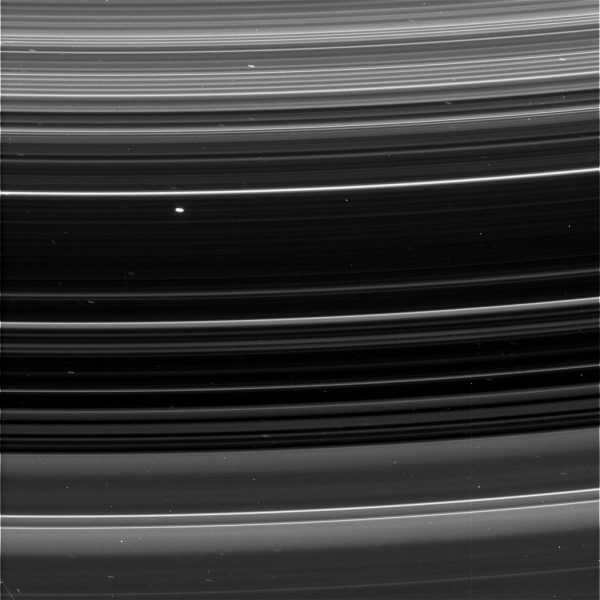
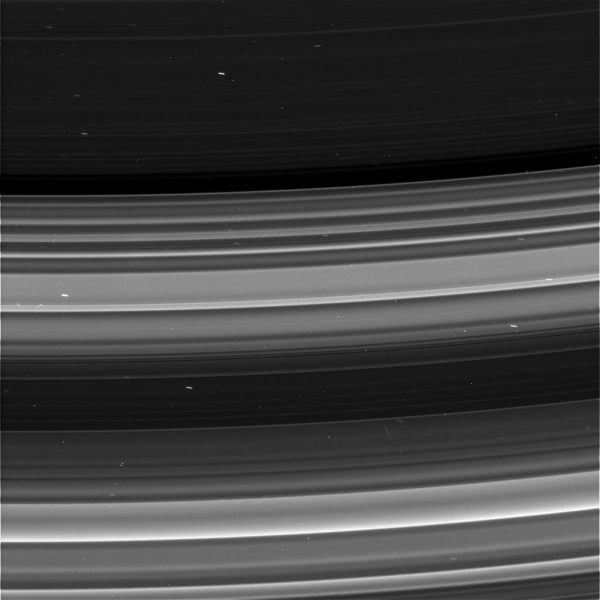
Prior to the Grand Finale, Cassini finished the Ring-Grazing Orbits phase of the mission which began last Nov. 30, and consisted of 20 orbits, with the spacecraft passing very close to the outer edge of Saturn’s rings.
Cassini may now be in the last few months of its life, but it has shown us the Saturnian system as never before. Along with Titan, it gave us our first close-up views of Enceladus, a tiny moon which has a global subsurface ocean covered by a crust of ice. Huge plumes of water vapor erupt through cracks in the ice and into space, and the there are now thought to be active hydrothermal vents on the ocean bottom, adding to the potential habitability of that ocean. The tiny moons Pan and Atlas look more like giant “ravioli” or “flying saucers” than moons, with their odd, smooth ridges around their equators. A much larger moon, Iapetus, also has a weird equatorial ridge.
As noted by Erick Sturm, lead mission planner for Cassini, “We have a saying in space flight. Whenever we go where we haven’t been before, we’re probably going to be surprised.”
More information about the Grand Finale phase of the mission is here. All of Cassini’s raw images can be seen here on the mission website, and more information about the Cassini mission itself is available here.
Be sure to “LIKE” AmericaSpace on Facebook and follow us on Instagram & Twitter!





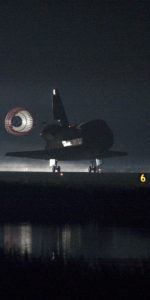
Just trying to picture this in my head, if the ‘gap’ is 1500 mi., and Cassini passed Saturn’s clouds at 1900 mi., and was 200 mi. from the D ring, wouldn’t that mean the gap was 2100 mi.?
The line of apsides (eccentricity vector) for Cassini’s proximal orbits doesn’t coincide with Saturn’s equatorial plane, this means the spacecraft’s (s/c) periapsis isn’t exactly where it crosses the ring plane. This separates the close observations of Saturn’s atmosphere from the observations of the rings by a few minutes (the s/c instruments can’t see in all directions at once), and because Saturn is an oblate spheroid the s/c orbits precess and thus sweep out a different volume of space each orbit (good for magnetosphere and moon observations).
Sorry, there’s no way to attach images to these comments.